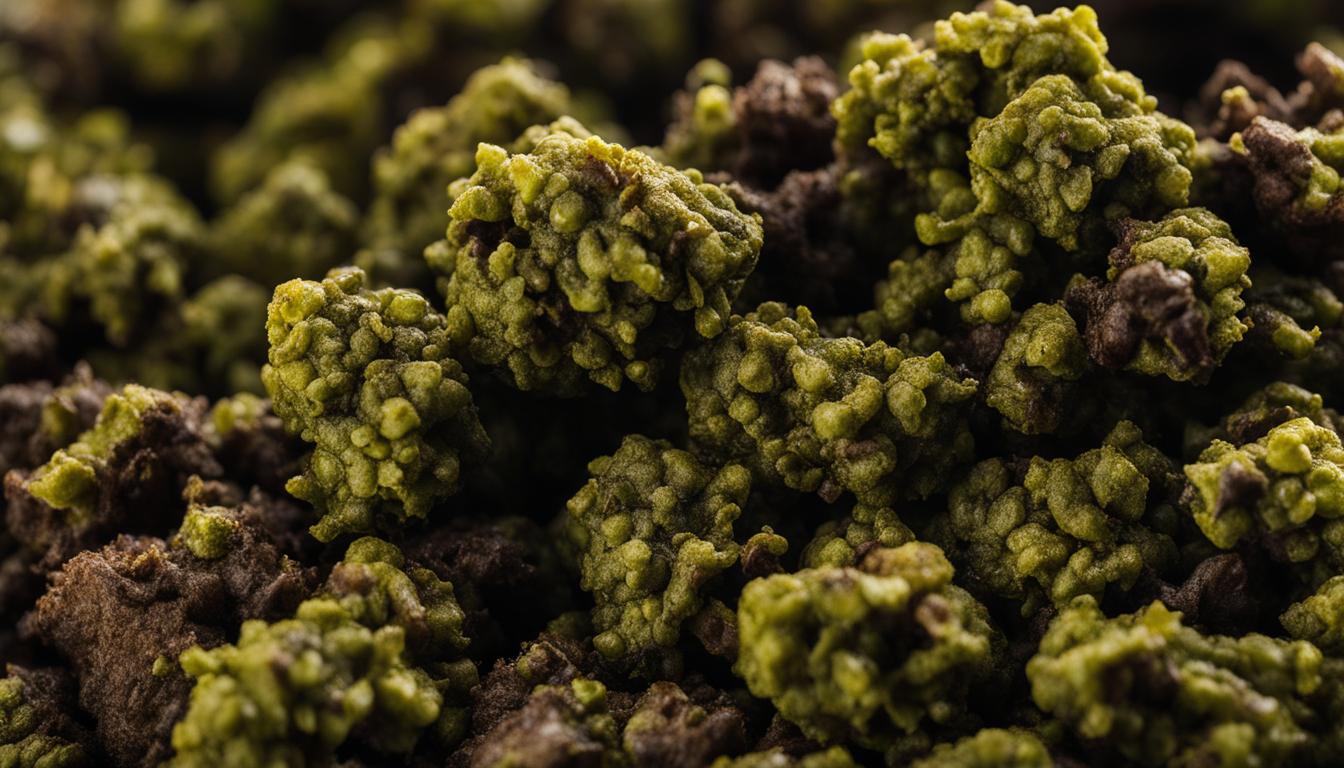Understanding Cat Allergies
For cat owners who experience allergies, understanding the causes and symptoms of cat allergies is essential. Cat allergens can come from a cat’s dander (dead skin cells), fur, saliva, and urine. These allergens can trigger allergic reactions when breathed in or upon contact (Healthline). It’s important to note that cat allergies are caused by proteins in a cat’s saliva, urine, and dander, not by fur or hair. In fact, proteins found in a cat’s saliva, urine, and dander can cause allergic reactions in about 10% of the U.S. population, making cat allergies twice as common as dog allergies (WebMD).
Common Cat Allergens
The primary allergen responsible for cat allergies is a protein called Fel d1. This protein is found in a cat’s skin cells, urine, and saliva. When a cat grooms itself, the allergen is transferred to its fur and can become airborne, triggering allergic reactions in sensitive individuals (eufy). Fel d1 is recognized as the most important component in cat allergens, with more than 80% of individuals allergic to cats responding to Fel d1. It is estimated that Fel d1 is responsible for between 60% and 90% of the total reactivity seen in allergic individuals.
Symptoms of Cat Allergies
Cat allergies can manifest in various ways and may differ from person to person. Some common symptoms of cat allergies include:
- Sneezing
- Runny or stuffy nose
- Itchy, watery eyes
- Coughing
- Wheezing or difficulty breathing
- Itchy skin or rash (WebMD)
These symptoms can appear quickly after contact with a cat and can range from mild to severe depending on the individual’s sensitivity to the allergens. In some cases, individuals may also experience hives or skin irritation upon contact with cat allergens.
Understanding the common allergens and symptoms associated with cat allergies is the first step in managing and finding relief from these allergies. By identifying the specific triggers and implementing appropriate measures, individuals can take proactive steps to minimize their exposure to cat allergens and reduce the impact of allergies on their daily lives. For more information on managing cat allergies, refer to our article on cat allergies treatment.
Managing Cat Allergies
For individuals who suffer from cat allergies, managing their symptoms is essential to ensure a comfortable coexistence with their feline companions. There are various approaches to managing cat allergies, including allergy shots, combination therapy, natural remedies, and reducing cat allergens at home.
Allergy Shots vs. Combination Therapy
Allergy shots, also known as immunotherapy, are a common treatment option for cat allergies. These shots gradually expose individuals to increasing doses of cat allergens, helping the body build a tolerance over time. However, it’s important to note that allergy shots may not work for everyone and typically require a commitment of at least three years.
Researchers have been exploring combination therapy as a potential solution for more effective cat allergy relief. This approach involves combining regular allergy shots with a lab-made molecule that blocks substances involved in allergic reactions. In a study conducted on 121 adults with cat allergies, those who received the experimental combination therapy experienced fewer symptoms when exposed to cat proteins compared to those who received allergy shots alone. Furthermore, the effects of the standard allergy shots wore off a year after treatment cessation, while the experimental treatment continued to provide symptom relief (NIH News in Health).
Natural Remedies for Cat Allergies
Many individuals seek natural remedies to alleviate cat allergy symptoms. While these remedies may not provide complete relief for everyone, they can be helpful in managing mild to moderate symptoms. Some natural remedies include:
- Probiotics: Incorporating probiotics into your diet can help enhance the immune system and potentially reduce the severity of allergic reactions.
- Apple Cider Vinegar: Drinking apple cider vinegar may help reduce mucus production, relieving congestion caused by cat allergies.
- Vitamin C: Taking vitamin C supplements or consuming foods rich in vitamin C can help boost the immune system and mitigate allergic responses.
- Herbal Options: Some herbal options, such as butterbur and nettle, have shown promise in alleviating allergy symptoms. However, it’s important to consult with a healthcare professional before using any herbal remedies.
- Saline Nasal Irrigation: Using a saline solution to rinse the nasal passages can help clear allergens and reduce nasal congestion naturally.
It’s crucial to remember that natural remedies may not be as effective as medical interventions, so it’s important to discuss their use with a healthcare professional before incorporating them into your allergy management routine. For more information on cat allergy relief and treatment options, consult our article on cat allergy medication.
Reducing Cat Allergens at Home
In addition to medical interventions and natural remedies, reducing cat allergens at home can significantly alleviate cat allergy symptoms. Here are some practical strategies for minimizing cat allergens in your living environment:
- Regular Cleaning: Regularly wash bedding, curtains, and other fabrics that may trap cat allergens. Frequent dusting and vacuuming can also help remove allergens from surfaces.
- Indoor Allergen Neutralizers: Consider using indoor allergen neutralizers, such as air purifiers with HEPA filters, to trap and remove airborne allergens.
- Shower Your Cat: Regularly bathing your cat can help reduce the amount of allergens present on their fur.
- Healthy Diet: Providing your cat with a healthy diet can promote healthy skin and reduce excessive shedding, which can contribute to increased allergen levels.
- Grooming: Regularly grooming your cat, including brushing their fur, can help remove loose hair and reduce allergen buildup.
- Limited Access: Consider restricting your cat’s access to certain rooms within your home to create designated allergy-free zones.
By implementing these strategies, you can create an environment that is more conducive to allergy relief. However, it’s important to note that complete elimination of cat allergens is challenging. If allergies persist, it may be necessary to explore additional treatment options or consider hypoallergenic cats as an alternative. For comprehensive information on cat allergy testing, consult our article on cat allergy testing.
Cat Allergy Relief Innovations
In the quest for cat allergy relief, researchers and companies are constantly exploring innovative solutions to help cat owners manage their allergies. Let’s explore some of the notable advancements in this field.
Purina’s Pro Plan LiveClear
Purina’s Pro Plan LiveClear is a cat food that offers a potential solution for cat allergy relief. This specially formulated food has been shown to reduce the levels of the protein Fel d 1, which is the primary allergen that most allergic individuals react to. According to studies, Pro Plan LiveClear can decrease Fel d 1 levels by 47% after three weeks of feeding, potentially reducing allergic reactions in cat owners.
The HypoCat Vaccine
Saiba Animal Health, a Swiss company, is developing an experimental vaccine called the HypoCat vaccine. This vaccine targets the Fel d 1 proteins in cats, aiming to reduce allergic reactions in cat owners. Initial research has shown promising results, with the HypoCat vaccine lowering Fel d 1 levels in cat tears and alleviating symptoms in allergic cat owners. While this vaccine is still in the development stage, it offers hope for future cat allergy relief.
CRISPR Gene-Editing for Allergy Reduction
Another exciting avenue being explored is the use of CRISPR gene-editing techniques to reduce cat allergies. Indoor Biotechnologies is researching ways to use CRISPR technology to knock out the gene responsible for producing Fel d 1 in cats. The goal is to achieve efficiency in knocking out this gene, potentially decreasing the production of Fel d 1 and reducing allergic reactions in cat owners. Researchers are actively monitoring advancements in CRISPR technology to find potential solutions for delivering this genetic treatment to cat embryos or adult cats.
While these innovations show promise for cat allergy relief, it’s important to note that they are still in various stages of development and may take years to become widely available. In the meantime, cat owners can explore other options such as hypoallergenic cats, cat allergy medication, and cat allergy treatment to manage their allergies effectively. Stay informed about the latest advancements in cat allergy research to discover new possibilities for finding relief.








